Why do you release NEoWave TRADING updates in the middle of the day?
ANSWER:
Many new customers are, at first, confused about the release schedule of NEoWave updates. They assume their update must be late or that they missed it or that it was not released at all.
There is good reason NEoWave updates are released mid-day. If you study market history, you will find the most reliably volatile period of the week is Monday’s opening followed second by Friday’s close. Volatility can be even higher when Friday is a national holiday, forcing traders to make “long weekend” decisions at Thursday’s close. Also, if a national holiday falls on a Monday, then Tuesday’s opening can be exceptionally volatile, especially if sensational international news was released over the long weekend.
Controlling risk during volatile openings or closes is difficult and it makes it nearly impossible for me to know where the average customer’s order was filled. On the contrary, history shows the slowest trading day of the week is typically mid-week (i.e., Wednesday) and the slowest period of any day is typically mid-day.
As a result, by waiting until mid-day on Monday, Wednesday and Friday to release the NEoWave TRADING updates, it allows us to enter when volatility is historically lower, risk control is therefore better and I can closely approximate the average customer’s entry price. Since the Forecasting service does not make trading recommendations, its release schedule less critical, so it is released about 2 hours before the mid-day Trading updates.

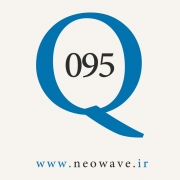
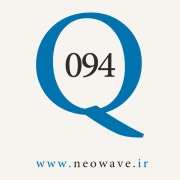
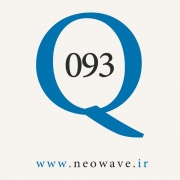
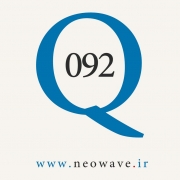
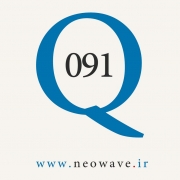
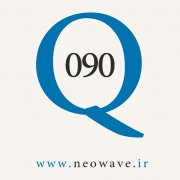
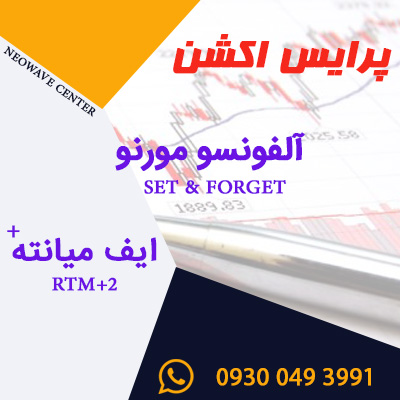
آخرین دیدگاهها